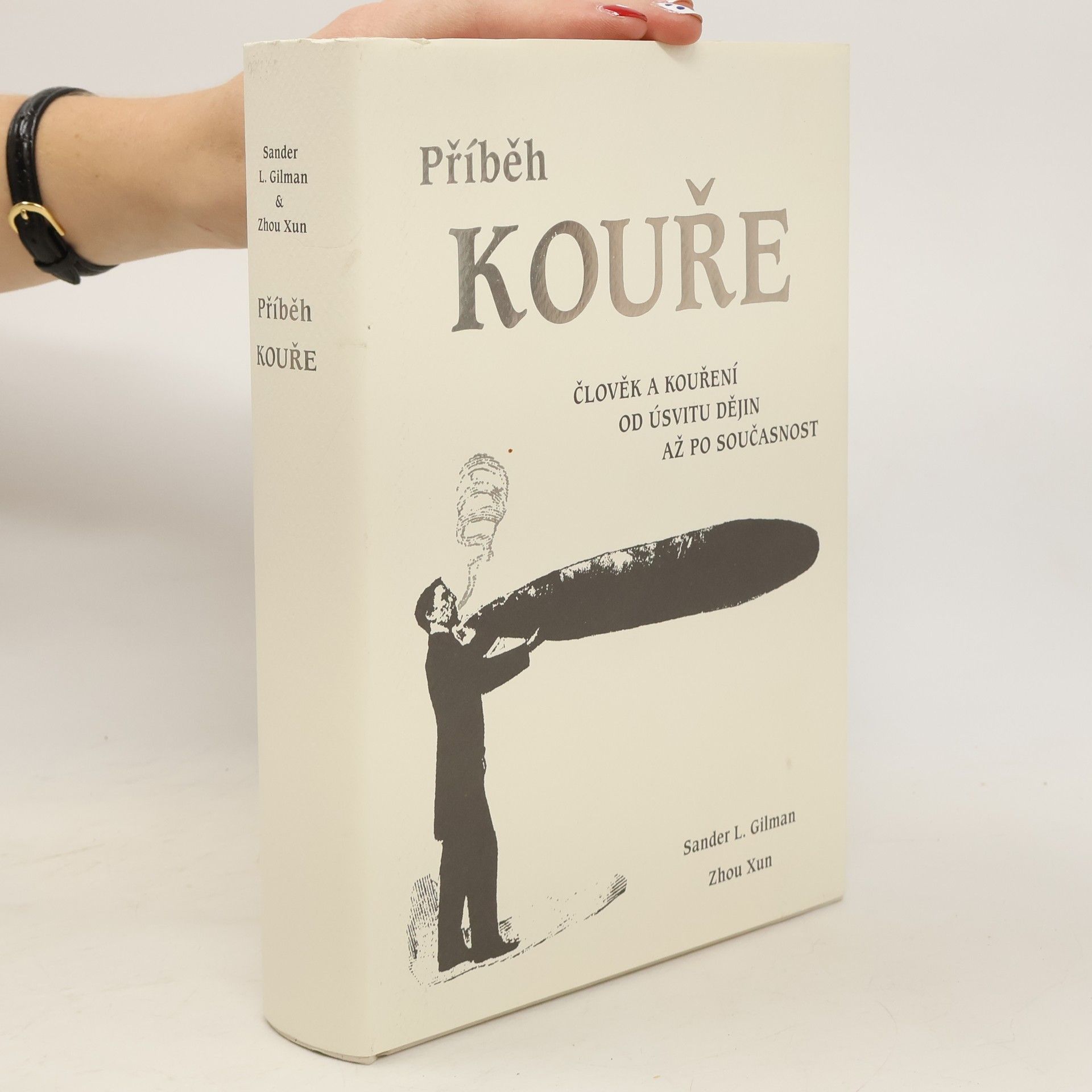'I Know Who Caused COVID-19'
- 256pages
- 9 heures de lecture
A timely, cogent exploration of how COVID-19 has caused predudice and xenophobia.





A timely, cogent exploration of how COVID-19 has caused predudice and xenophobia.
The book offers a comprehensive examination of health care and medicine during Maoist China, revealing the intricate connections between local needs, cultural values, and available resources. Zhou Xun delves into how political decisions and social engineering shaped the health experiences of individuals, highlighting the unexpected outcomes that arose from these policies. This study provides a distinctive perspective on the intersection of health and communism, shedding light on the lived realities of the population during this transformative period.
Lidé kouřili odjakživa a zřejmě se budou tomuto potěšení oddávat vždy. Každá kultura v historii něco kouřila, ať už jako lék, jako součást určitého rituálu nebo jako jeden z kulturních aspektů. Dosud ještě nebyla kupodivu popsána žádná historie kouření, založená na skutečnosti, že kouření — ve všech svých formách a se všemi svými produkty — je kulturním fenoménem, který je společný všem lidským společnostem. Kniha Příběh kouření zkoumá kulturu kouření v různých tradicích a místech po celém světě. Od opiových doupat ve viktoriánské Anglii k tabáku z období Edo v Japonsku, od marihuany a kokainu k havanským doutníkům. Kniha vychází z kulturně-historického pohledu a obsahuje velké množství obrazového materiálu: více než tři stovky ilustrací, zobrazujících kouření a kuřáky nejrůznějších látek včetně tabáku, vonných cigaret, marihuany, opia a kokainu. Čtenář v publikaci nalezne slavné jako byly Marlene Dietrichová, Charlie Parker či Bob Marley, ale především se vydá se na cestu zkoumání kouření z mnoha různých hledisek — literatury, umění, kultury, pohlaví, sexuality a zdraví. Jednotlivé pasáže se zamýšlejí nad měnící se roli kouření ve vyspělých a významných kulturách a snaží se odhadnout budoucnost tohoto složitého kulturního fenoménu. Vycházejí z různorodého materiálu, od reklamních obrázků až k právní a morální kritice kouření.